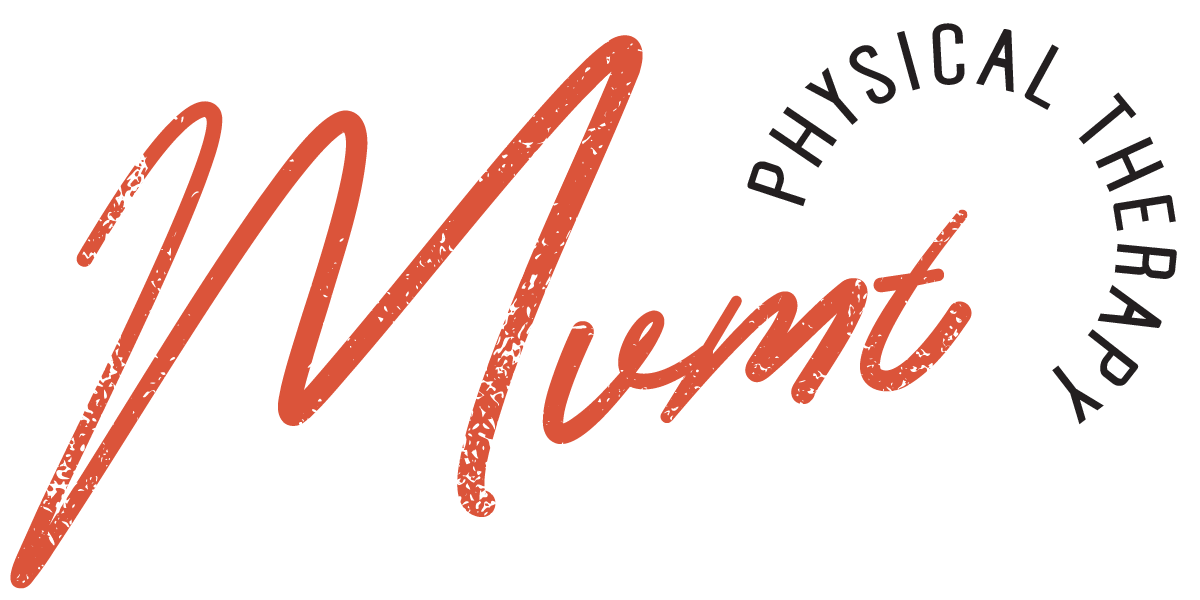Author - Anastasia Belikov, PT, Cert. MDT
Graduated with her DPT in 2017
https://www.linkedin.com/in/anastasia-belikov-pt24/
URL Copied!
Wrist Anatomy
IN THE KNOW
Saturday, October 14, 2023
The human wrist, a marvel of anatomical engineering, plays a pivotal role in our daily interactions and activities. From typing and writing to lifting and waving, the wrist allows for a range of motions that facilitates our diverse and dexterous movements. Diving deep into the anatomy of the wrist reveals a complex structure interweaving bones, ligaments, tendons, nerves, and blood vessels, all working in harmony.
Bony Architecture
The wrist, or carpus, is formed by two primary rows of small bones known as carpal bones. There are eight carpal bones in total, which are grouped into two rows:
Proximal Row: Comprising the scaphoid, lunate, triquetrum, and pisiform.
Distal Row: Involving the trapezium, trapezoid, capitate, and hamate.
These bones articulate (connect) with the radius and ulna—two forearm bones—forming the radiocarpal and ulnocarpal joints, respectively. The carpal bones also interface with the metacarpal bones of the hand, which further articulate with the phalanges of the fingers.
Joints and Ligaments
Ligaments are fibrous bands that connect bones to each other, maintaining stability and guiding motion. Notable ligaments in the wrist include:
dorsal radiocarpal ligament
palmar radiocarpal ligament
ulnar and radial collateral ligaments
Tendons and Muscles
Tendons are connective tissues that link muscles to bones, facilitating movement. The wrist houses numerous tendons that traverse through its structure, emanating from muscles in the forearm. For instance:
Flexor Tendons: Aid in bending the wrist and fingers.
Extensor Tendons: Assist in straightening the wrist and fingers.
The muscles originating from the forearm divide into two groups:
Flexor Muscles: Positioned on the palmar side of the forearm, enabling wrist flexion.
Extensor Muscles: Located on the dorsal side, permitting wrist extension.
Nerve Supply
Three primary nerves supply the wrist and hand:
Median Nerve: Generally runs through the carpal tunnel and innervates the thumb, index, and middle fingers, as well as half of the ring finger.
Ulnar Nerve: Travels ulnarly, supplying the little finger and the ulnar half of the ring finger.
Radial Nerve: Mostly involves the back of the hand and is responsible for wrist extension.
Blood Supply
The wrist receives its blood supply predominantly from two arteries:
Radial Artery: Runs along the radial side of the wrist, often utilized for pulse checking.
Ulnar Artery: Travels along the ulnar aspect, contributing to the superficial and deep palmar arches of the hand.
Kinematics of the Wrist
The coordinated movement of the wrist involves flexion, extension, radial deviation (abduction), and ulnar deviation (adduction). This exceptional range of motion enables functional activities like gripping, typing, and performing delicate, fine motor tasks.
Clinical Implications
Understanding wrist anatomy is paramount in various clinical contexts, such as treating carpal tunnel syndrome, fractures, and sprains, or performing surgical interventions. The intricate anatomy and high mobility of the wrist make it susceptible to injuries, necessitating a thorough comprehension of its components for healthcare professionals.
Conclusion
The wrist, though seemingly simple, is a structurally complex and functionally vital component of the upper limb. It combines mechanical robustness with a sophisticated range of motion, supporting our hands in executing diverse tasks. This anatomical masterpiece emphasizes the splendid complexity and functionality bestowed upon our bodies, warranting appreciation and mindful care in our daily activities and clinical practices.
Note: This article is a general overview and does not encompass the complete anatomy and functional aspects of the wrist. For specific medical and anatomical studies, referencing specialized textbooks and articles is recommended.



